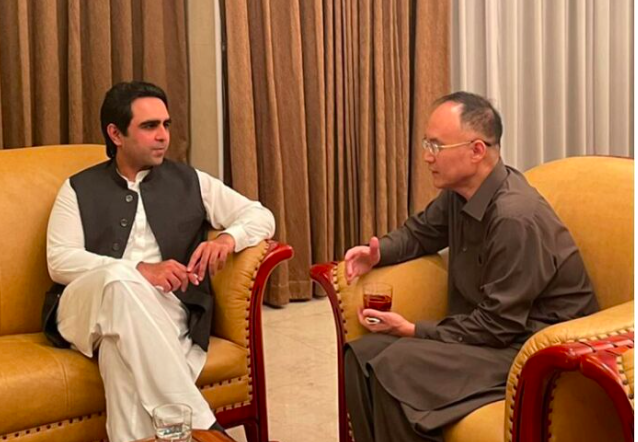Beginning in the early 1990s, NATO’s relations with Ukraine have grown to become one of the most important alliances. Ukraine, shortly after its independence, tried to join the North Atlantic Cooperation Council in 1991 and signed a charter establishing NATO-Ukraine Commission to further cooperation.
After Russia’s invasion of Ukraine in 2021, it demanded NATO pull back its troops from eastern Europe to prevent Ukraine from joining the bloc.
Since 2014, NATO has condemned Russia’s war against Ukraine insisting that it compromises international security and stability and has urged Russia to stop the war.
In February 2021, amid growing Western fears that Russia would attack Ukraine, the US announced the deployment of 3,000 additional troops to NATO members Poland and Romania.
NATO member countries continue to send weapons, ammunition, and a variety of light and heavy military equipment, such as anti-tank and anti-air systems, howitzers, and drones to aid Ukraine in its war against Russia.
Global protests surged as they demanded NATO switch from defense to offense. Several protests urged NATO to take military action against Russia to stop its invasion of Ukraine. However, NATO’s actions are defensive in nature, with the goal of preventing conflict rather than inciting it.
In a press conference on 23 March 2022, NATO Secretary General mentioned that the Alliance bears responsibility for preventing the war from escalating and spreading beyond Ukraine which is why enforcing a no-fly zone would bring NATO forces and Russian forces into direct conflict resulting in a significant escalation of the conflict.
As of June 2022, Allied leaders agreed to an advanced package of help for Ukraine at the Madrid Summit, which includes assistance with secure communications, gasoline, medical supplies, body armor, equipment to fend off mines and chemical and biological threats, and portable anti-drone devices.
At the summit, it was decided to shift the defense strategies and strengthen forward defenses. NATO announced plans to increase the number of troops from 40,000 to over 300,000.
NATO has made efforts to expand to the two neutral Nordic countries, Finland, and Sweden due to the circumstances of Russia’s war against Ukraine. This expansion is an attempt to prevent the war from spilling over to any further territories and be able to condense it.
Ukraine has also been seeking jets from NATO to further cripple Russia’s chances of winning the war.
Since Russia’s full-fledged invasion of Ukraine in February 2022, NATO and its Allies have provided Ukraine with unprecedented levels of support.
It can be noted that throughout the crisis NATO has held a firm ground in support of Ukraine from policy to financial relief, and has strictly made clear its position: “President Putin’s decision to attack Ukraine is a terrible strategic mistake, for which Russia will pay a heavy price, both economically and politically, for years to come.”
















